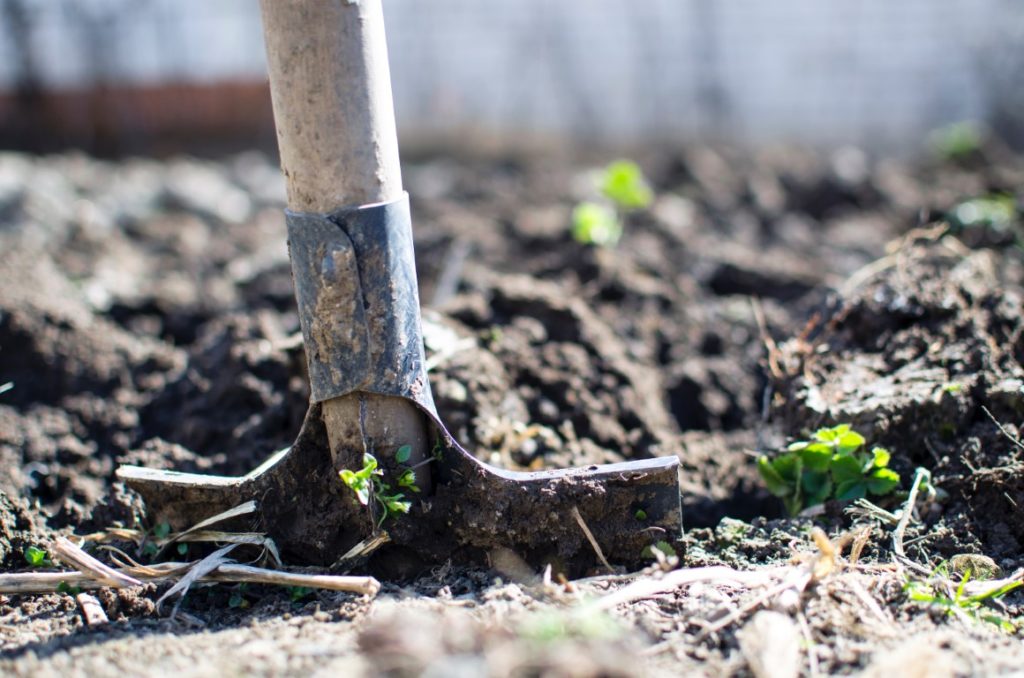South Africans woke up to the drought crisis in January 2018 when officials announced that the city of Cape Town was three months away from running out of municipal water. The event was called, “Day Zero”. For farmers, the drought was old news.
Farmers in South Africa have been battling the drought since 2013. In a 2019 article titled Drought is killing SA’s farmers, Riana de Lange stated that “[farmers] facing financial ruin as a result of the debilitating drought have been handed to South Africa’s commercial banks in a desperate bid to save their farms.” De Lange’s article further mentioned that in the first half of 2019, real agricultural output was 9.2% lower than the corresponding period the previous year.
The drought crisis and its effect on farmers
The effect of the drought crisis remains devastating. We are seeing numbers like Northern Cape farmers having only 30% of their core herds remaining. Agricultural exports are also reportedly 25% lower than the average for the five years between 2008 and 2012. Agri Sa’s Agriculture Drought Report 2019 / 2020 states in its key findings that between 2013 and 2019, while some producers suffered substantial yield losses, several others could not plant their intended maize area. Additionally, the report mentions that in the livestock sector, several factors have collectively strained producer margins in 2019. These include rising feed prices resulting from the dry planting season and the FMD outbreak in early 2019.
The effect of prolonged drought is more than numbers
Drought is a crisis that affects people. The prolonged drought has left 30 000 people who rely on jobs in the agricultural sector out of work. And then there is the prolonged effect of the drought crisis on food insecurity. Reduced outputs and other climate related emergencies in parts of sub-Saharan Africa led to more than 35,1 million people needing humanitarian aid.

